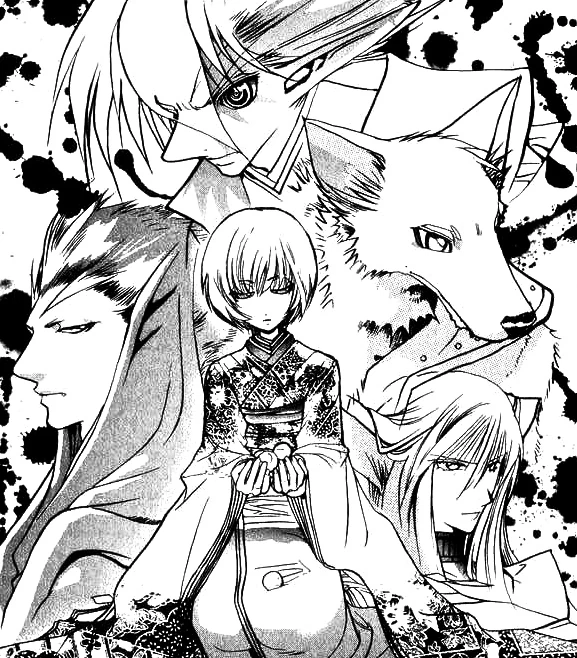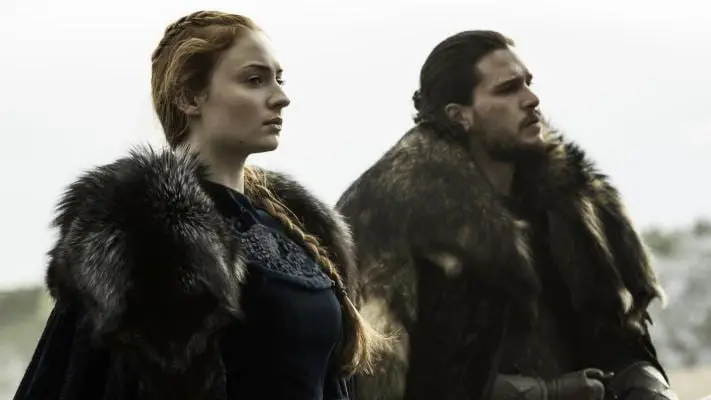The content below are from the archives of Alan Wong's blog:
http://bpbites.blogspot.my/2013_05_01_archive.html
The long-awaited release of the second volume of The Jugra Chronicles begins three years after Miyah and village outcast Rigih rescue the former's younger brother from the clutches of a forest demon. Miyah, however, is seized by the demon instead and suffers a cruel curse.
Three years later, the denizens of Miyah's village, Tapoh, have largely moved on from the incident, though Rigih and Miyah's brother Bongsu remain the most affected by her disappearance. Especially the latter, who has been plagued by dreams and memories of things he doesn't remember experiencing.
One day, Malidi, younger daughter of the village chieftain and one of Miyah's friends, finds a bracelet of glass beads in the jungle. The item horrifies her sister and mother; they now believe that she, by picking it up, is under the spell of the penyamun, dreaded marauders who use black magic to ensnare their victims.
She is placed in confinement while a way to break the spell is devised. Like Miyah before her, she defies the wisdom of her elders and escapes, taking the beads with her. Then, she vanishes. Her disappearance leaves a cloud hanging over Tapoh, on top of rumours of a strange man-beast prowling the jungle with the penyamuns.
The Jugra Chronicles
Rigih and the Witch of Moon Lake
Story by Tutu Dutta-Yean
Illustrated by Tan Vay Fern
MPH Group Publishing (2013)
148 pages
Fiction
ISBN: 978-967-415-085-3
RM19.90 | Buy from MPHOnline.com
Story by Tutu Dutta-Yean
Illustrated by Tan Vay Fern
MPH Group Publishing (2013)
148 pages
Fiction
ISBN: 978-967-415-085-3
RM19.90 | Buy from MPHOnline.com
Meanwhile, Bongsu's visions intensify, even as he struggles to forget his abduction and imprisonment by the forest demon. Heeding the advice of Nenek Kebaya, he seeks out Rigih, convinced that the time has come to find his sister and put the demon to rest.
It's not long before Rigih and Bongsu are joined by the young warrior Temaga and the headstrong Suru on their quest, which will take them to a hidden valley where the secrets of the man-beast, the dreaded forest demon and the Jugra bloodline, and the truth behind the penyamun will be revealed.
Who is Jugra, the legendary shaman and what are his connections with Rigih, Miyah, Bongsu, Nenek Kebayan, the demon, and the mysterious woman with the tattooed arms? Will they overcome the jungle's mortal and supernatural threats to find and rescue Miyah?
The second volume in The Jugra Chronicles, Rigih and the Witch of Moon Lake, will soon be available at all major bookstores.
Material for this series is by Tutu Dutta-Yean, whose repertoire includes fairy tale collections such as Timeless Tales of Malaysia, Eight Jewels of the Phoenix, Eight Fortunes of the Qilin, and Eight Treasures of the Dragon.
Art for this book is by prolific children's book illustrator Tan Vay Fern, whose vast body of work includes Hayley's Vegemania Garden and Hayley's Fruitastic Garden by Mohana Gill; The Zany Zebra, The Ugly Green Umbrella and The Xenophobic Xylophone by Wong Ching Hsia; and Dutta-Yean's Eight Treasures of the Dragon. Also, the cover for Wee Su May's Nine Little People Who Lived in a Chest.





.full.579657.jpg)


.full.1356459.jpg)
.jpg)

































